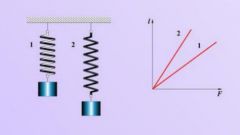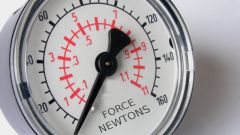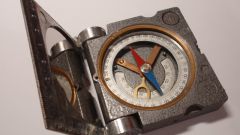Instruction
1
The force of friction is a vector quantity, which depends on many factors: the pressure of bodies upon each other, the materials from which they were made, speed. Surface area in this case is irrelevant, because the bigger it is, the more reciprocal pressure (reaction force bearing N), which is already involved in finding the force of friction.
2
These quantities are proportional to each other and connected with a coefficient of friction μ, which can be considered constant, if greater accuracy of calculations is not required. So to find the force of friction, you need to calculate the product:Fтр = μ•N.
3
Given the physical formula refers to the friction caused by sliding. It can be dry and wet, if between the bodies is present in the liquid layer. The force of friction must always be taken into account in determining the totality of the forces acting on the body in solving problems.
4
Rolling friction occurs during rotation of a body on the surface of another. It is present on the boundary of contact bodies that is constantly changing. However, the force of friction constantly opposes the motion. On this basis, it is equal to the ratio of the product of the coefficient of friction of the rolling and pressing forces to the radius of a rotating body:Fтркач = f•N/r.
5
We must distinguish between the coefficient of friction of sliding and rolling. In the first case is the value with no dimension, in the second it represents the distance between the straight lines that characterize the direction of clamping forces and the reaction forces of the supports. Therefore, it is measured in mm.
6
The coefficient of friction of rolling is usually a known value for common materials. For example, for iron for iron it is equal to 0.51 mm for iron on wood – 5,6, wood on wood – 0,8-1,5, etc. it can be Found by the formula the ratio of the moment of friction by the pressing force.
7
The force of friction of rest you receive at the minimum displacement or deformation. This force is always present in the dry slide. Its maximum value equals μ•N. There is also internal friction within the body between its layers or parts.
Note
Uniform motion of a body is characterized by the balance between the external force and the frictional force.







